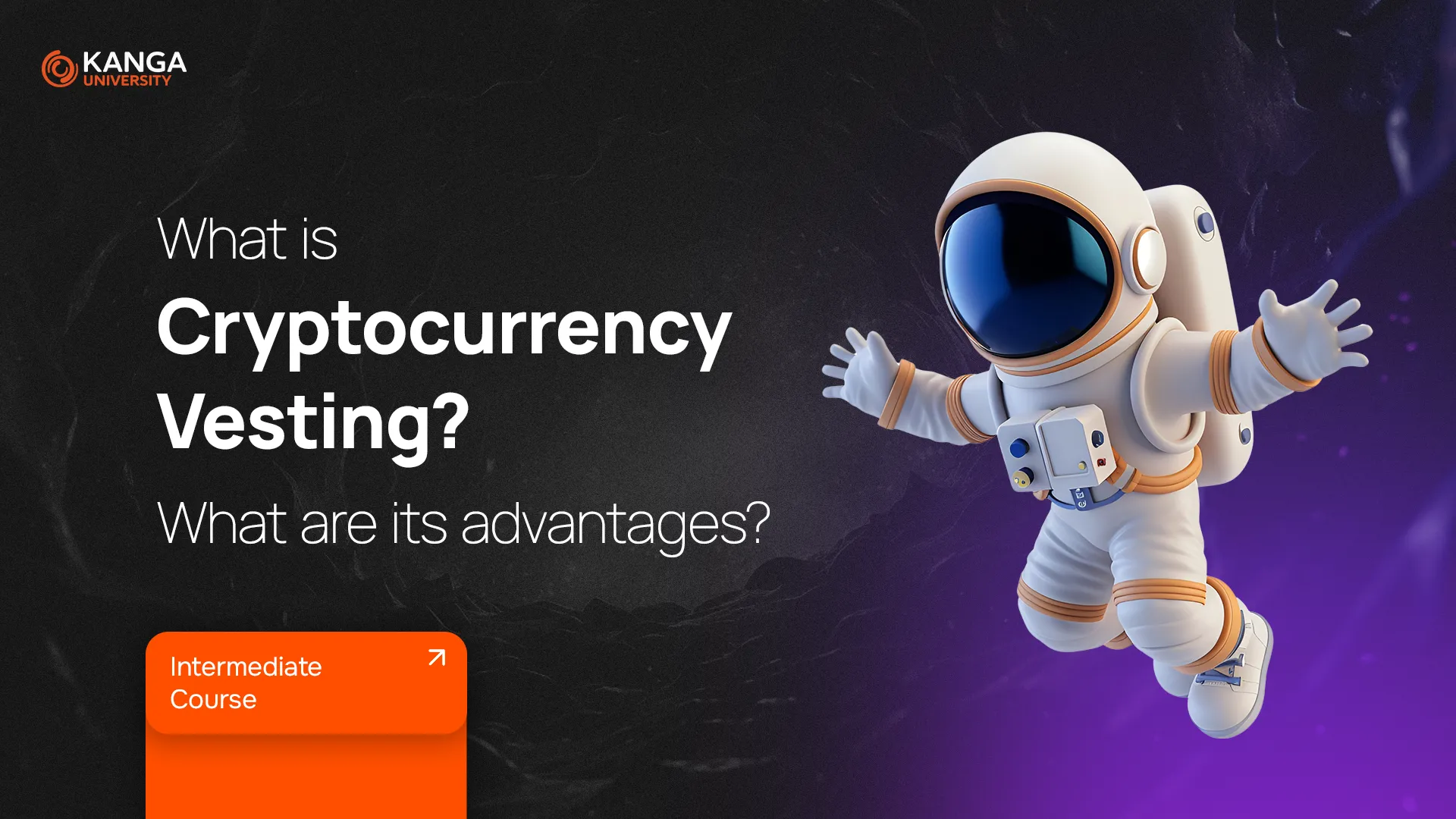
In the fast-moving world of cryptocurrencies, new projects pop up almost daily. Many of them offer their tokens to early investors even before the project is fully developed. But with the potential for quick profits comes a risk: what if early holders sell all their tokens at once and walk away?
To prevent that, the crypto world uses a tool called vesting.
What Is Vesting?
Vesting is a mechanism that delays access to certain tokens. Even if someone receives 100,000 tokens, they won’t be able to use or sell them right away. Instead, those tokens are locked and only become available over time—or when specific milestones are reached.
Think of it like a long-term contract: “You’ll get your reward, but only if you stick around and the project grows.”
It’s a smart way to align everyone’s interests—whether they’re investors, advisors, or members of the project team.
How Does It Work?
Tokens under vesting are usually locked in smart contracts—automated programs that control when and how tokens are released. These contracts follow a predefined schedule, which can depend on:
-
Time passed (e.g. 10% of tokens released every month),
-
Project milestones (e.g. launching a beta version),
-
Completing specific phases (e.g. passing a security audit).
Common types of vesting:
-
Linear vesting – Tokens are unlocked gradually at regular intervals (e.g. 5% per month for 20 months).
-
Graded vesting – Tokens are released in chunks at various stages (e.g. 25% after six months, another 25% three months later, and so on).
-
Cliff vesting – No tokens are released for a set initial period (the “cliff”), then a large portion is unlocked at once, followed by regular releases.
Why Do Crypto Projects Use Vesting?
The main goal is to protect the project and its community from early dumps—sudden mass sales of tokens that can destroy trust and crash prices. Vesting gives the team and investors time to build, deliver, and grow without the pressure of fast profit-taking.
What Are the Benefits of Crypto Vesting?
-
Project Stability
It keeps token distribution under control, which reduces price volatility. -
Investor Confidence
A transparent vesting schedule shows that the project team is committed for the long term. -
Protection Against Market Manipulation
It prevents pump-and-dump schemes that harm smaller investors. -
Smarter Financial Planning
Teams and investors can plan better when tokens are released gradually. -
Motivation to Stay Involved
Vesting encourages advisors, developers, and founders to stay with the project and work toward its success. -
Controlled Token Supply
It ensures that tokens don’t flood the market all at once, which helps keep the token’s economy healthy.
A Real Example in 2025
As of March 2025, vesting remains standard in serious crypto projects. Take LayerZero as an example: the team has implemented a multi-year token vesting schedule to ensure long-term alignment between the team and investors. Projects like Optimism, Arbitrum, and Aptos also use clear, public vesting plans to maintain market stability and community trust.
Summary
Vesting might sound technical, but it plays a crucial role in making sure a crypto project doesn’t turn into a short-term hype trap. If you’re thinking of investing in a token, always check if the project has a vesting plan—and how it works.
A well-designed vesting schedule can tell you more about a project’s real intentions than any flashy website or influencer tweet.